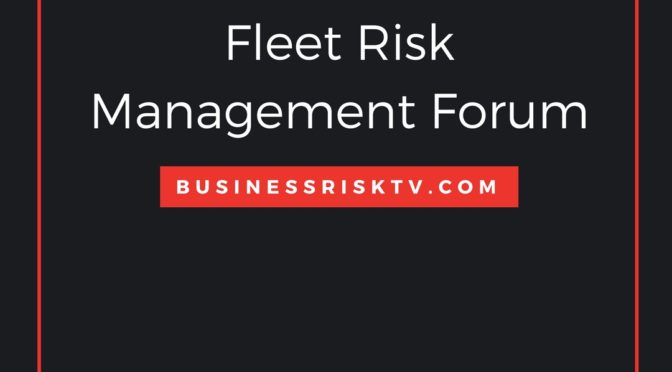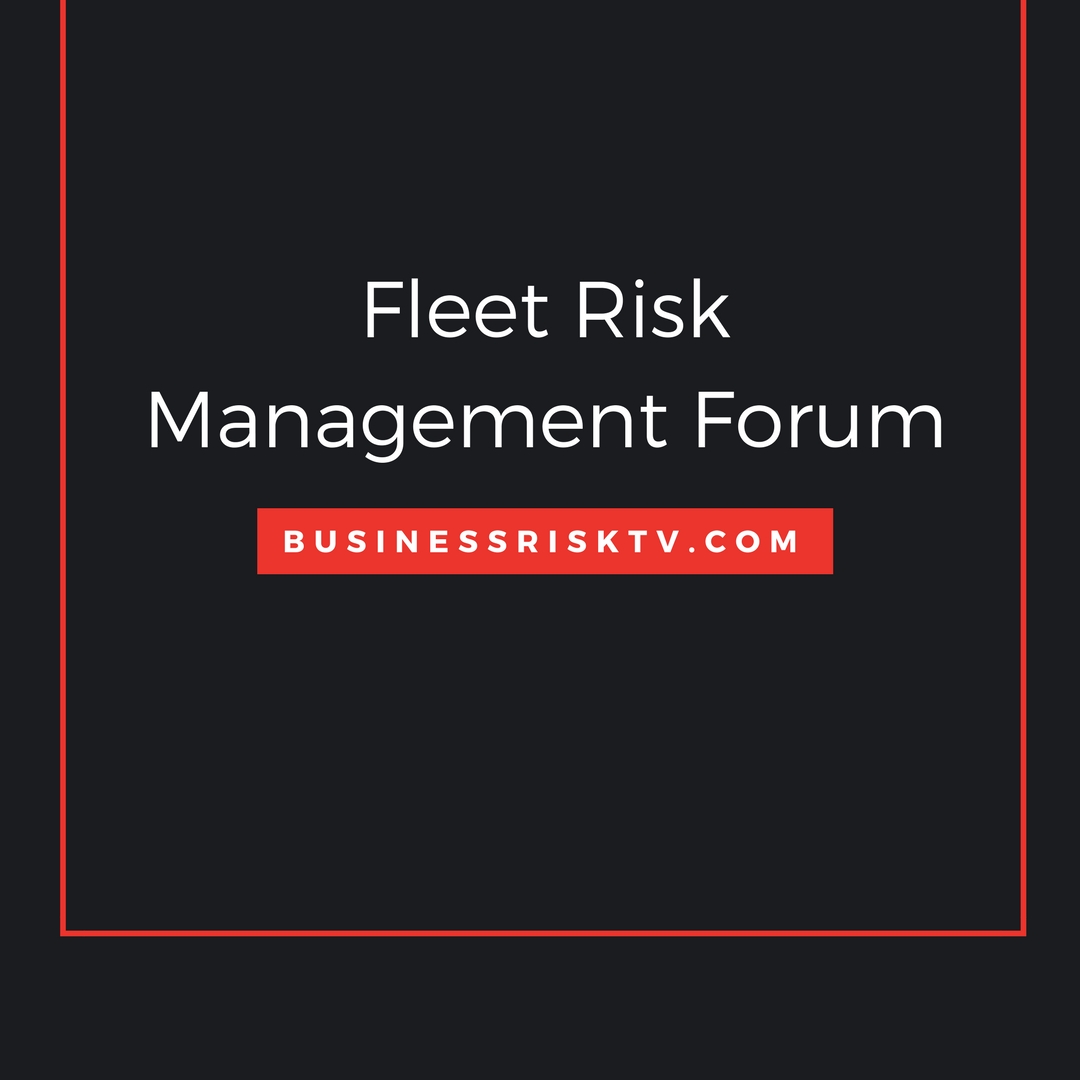Navigating the Road Ahead: Key Risks Every Motor Fleet Manager Should Prioritise in 2024
With 2024 stretching out before us like a freshly paved highway, motor fleet managers buckle up for a journey through a dynamic and ever-evolving landscape. While the thrill of operational efficiency and cost reduction lingers, lurking around the bend are potential potholes in the form of emerging risks. To ensure a smooth ride for your fleet, it’s crucial to identify and prioritise these challenges, turning them into opportunities for growth and resilience.
The Top 5 Risks for Motor Fleet Managers in 2024:
1. The Ever-Escalating Fuel Cost Tsunami:
Fuel prices, notoriously fickle, are predicted to remain buoyant in 2024, driven by geopolitical tensions and global supply chain disruptions. This translates to a direct hit on fleet profitability, demanding creative optimisation strategies.
Solutions:
- Embrace fuel-efficient vehicles: Invest in modern trucks and cars equipped with aerodynamic designs, fuel-saving engines, and hybrid or electric alternatives.
- Implement telematics for route optimisation: Leverage technology to track routes, identify inefficiencies, and plan fuel-efficient journeys.
- Encourage eco-driving practices: Train drivers on techniques like smooth acceleration, maintaining optimal speeds, and minimising idling to maximise fuel efficiency.
- Explore alternative fuels: Consider adopting electric, hybrid, or compressed natural gas (CNG) vehicles, depending on your fleet’s needs and infrastructure availability.
2. The Driver Shortage Drought Persists:
The ongoing driver shortage shows no signs of abating, making recruitment and retention a herculean task. This not only disrupts delivery schedules and increases operational costs but also poses safety risks due to driver fatigue and overwork.
Solutions:
- Invest in driver training programs: Develop comprehensive training programmes to attract new drivers, upskill existing personnel, and improve safety standards.
- Offer competitive compensation packages: Provide competitive salaries, benefits packages, and bonuses to attract and retain top talent.
- Prioritise driver well-being: Implement initiatives like flexible work schedules, comfortable amenities in vehicles, and stress management programs to foster a positive work environment and reduce turnover.
- Leverage technology to streamline workflows: Utilise fleet management software to automate tasks, reduce paperwork, and provide drivers with easy-to-use tools, freeing up their time and improving job satisfaction.
3. The Compliance Chasm Widens:
The regulatory landscape for motor fleets is constantly evolving, with complex rules and ever-tightening deadlines. Non-compliance can lead to hefty fines, reputational damage, and even operational shutdowns.
Solutions:
- Implement robust compliance management systems: Invest in software or hire specialists to track regulations, manage deadlines, and ensure compliance across all aspects of your fleet operations.
- Partner with reputable consultants: Seek guidance from experts who stay updated on the latest regulations and can help you navigate the complexities of compliance.
- Stay updated on regulatory changes: Actively follow industry publications, attend conferences, and subscribe to compliance alerts to stay ahead of the curve.
4. The Cybersecurity Cyclone Gains Strength:
As more fleets embrace connected vehicles and telematics, the risk of cyberattacks increases. Vulnerable systems can expose sensitive data like driver information, route plans, and operational details, potentially disrupting operations and causing reputational damage.
Solutions:
- Invest in cybersecurity solutions: Implement firewalls, intrusion detection systems, and data encryption technologies to protect your fleet’s network and data.
- Conduct regular vulnerability assessments: Regularly audit your systems for vulnerabilities and patch them promptly to minimise the risk of cyberattacks.
- Educate drivers on cyber hygiene practices: Train drivers on identifying suspicious activity, avoiding unsecured networks, and practicing strong password management.
5. The Sustainability Crossroads: A Defining Moment:
Environmental concerns are gaining momentum, pushing fleets towards sustainable practices. Pressure from stakeholders, regulators, and consumers demands action. Embracing sustainability isn’t just a feel-good initiative; it can lead to cost savings, improved brand image, and future regulatory compliance.
Solutions:
- Invest in alternative fuel vehicles: As mentioned earlier, explore electric,hybrid, and CNG options to reduce carbon emissions and dependence on fossil fuels.
- Optimise routes for reduced emissions: Utilise telematics to plan fuel-efficient routes, minimise detours, and avoid congested areas.
- Adopt eco-friendly maintenance practices: Implement preventative maintenance to improve fuel efficiency and reduce emissions, invest in green cleaning products, and consider using recycled materials for repairs.
- Implement transparent sustainability reporting: Track your fleet’s carbon footprint, measure progress towards sustainability goals, and publish transparent reports to demonstrate your commitment to the environment.
Beyond the Top 5: Emerging Risks on the Horizon
Beyond these immediate threats, motor fleet managers must keep their eyes peeled for emerging risks, such as:
- The AI Integration Avalanche: While artificial intelligence holds immense potential for optimising fleet operations, ethical considerations and data privacy concerns must be addressed. Implementing AI requires careful planning, training, and transparency to ensure responsible and ethical use.
- The Automation Earthquake: The rise of autonomous vehicles will necessitate a fundamental shift in fleet management strategies and workforce skills. Preparing for this transition by upskilling current employees and exploring partnerships with autonomous technology companies is crucial.
- The Talent Tsunami: Attracting and retaining skilled personnel for fleet management roles will require innovative approaches and competitive offerings. Offering remote work options, career development opportunities, and competitive compensation packages will be key in attracting and retaining talent in a diverse and competitive job market.
Conclusion: Embracing Agility and Proactive Planning for a Smooth Ride
The road ahead for motor fleet managers in 2024 is indeed paved with challenges and opportunities. By prioritising these key risks, embracing agility, and proactively planning for the future, fleet managers can navigate the ever-changing landscape and drive their operations towards success. Remember, a successful fleet management strategy is a dynamic one, constantly adapting to the twists and turns of the road. So, buckle up, keep your eyes on the horizon, and prepare for a thrilling ride in 2024 and beyond.
Get help to protect ad grow your business
Subscribe for free business risk alerts and risk reviews
Read more business risk management articles



